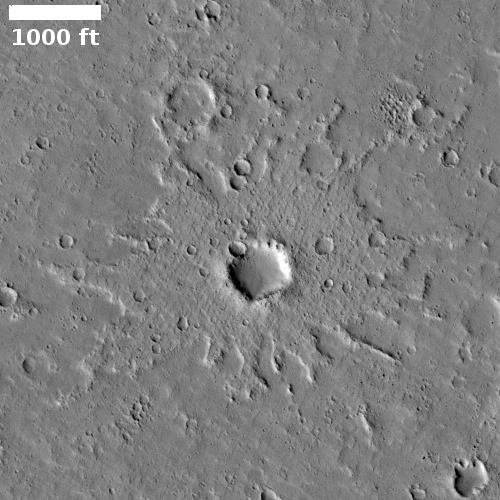China’s Long March 4C rocket launches military reconnaissance satellite
In what is likely China’s last launch in 2020, a Long March 4C rocket today successfully launched what is thought to be a military reconnaissance satellite into orbit.
The leaders in the 2020 launch race:
35 China
25 SpaceX
15 Russia
6 ULA
6 Rocket Lab
The U.S. still leads China 40 to 35 in the national rankings. At the moment only one launch is publicly scheduled for the rest of the year, that by Europe’s Arianespace of a Soyuz rocket tomorrow from French Guiana.
My annual worldwide launch report will likely be posted on December 31st, as a New Year’s Eve gift to my readers.
In what is likely China’s last launch in 2020, a Long March 4C rocket today successfully launched what is thought to be a military reconnaissance satellite into orbit.
The leaders in the 2020 launch race:
35 China
25 SpaceX
15 Russia
6 ULA
6 Rocket Lab
The U.S. still leads China 40 to 35 in the national rankings. At the moment only one launch is publicly scheduled for the rest of the year, that by Europe’s Arianespace of a Soyuz rocket tomorrow from French Guiana.
My annual worldwide launch report will likely be posted on December 31st, as a New Year’s Eve gift to my readers.




